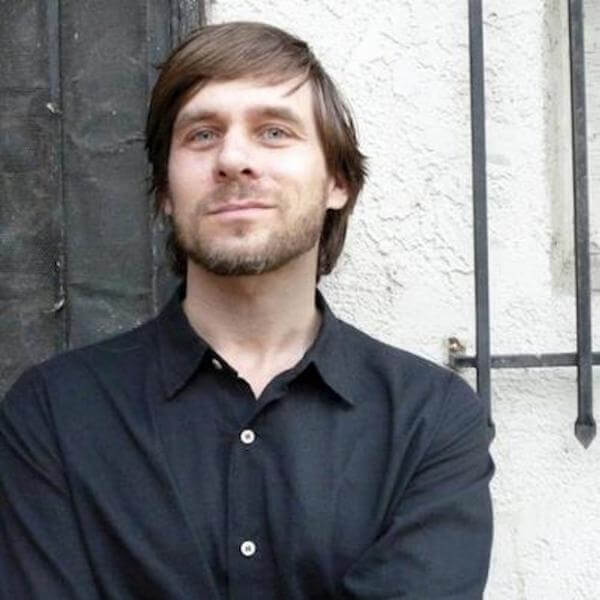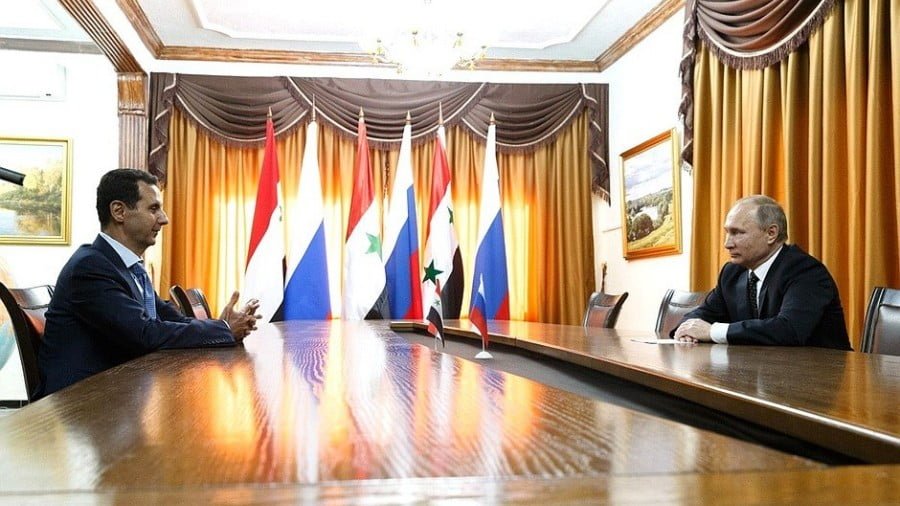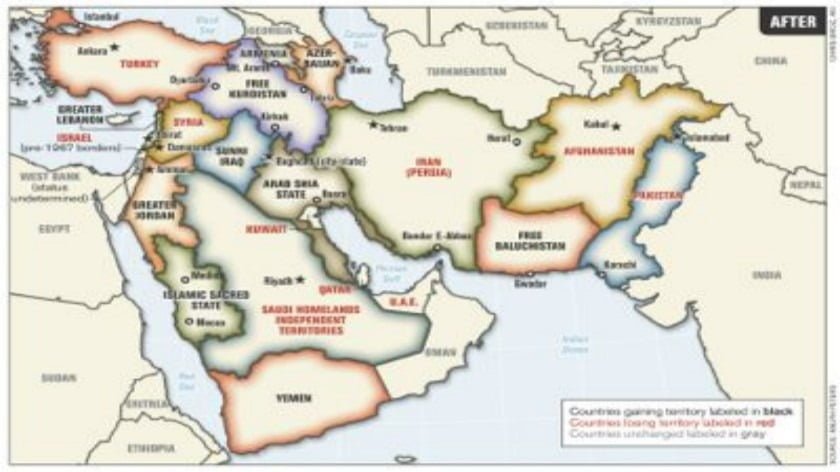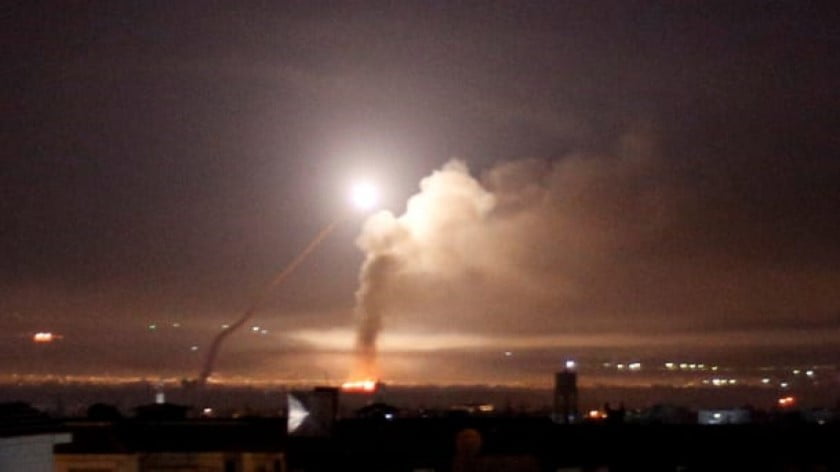There is no other place in the world where Americans bear so much responsibility for what happens –Ehrenreich
 Ben Ehrenreich’s new book, The Way to the Spring, Life and Death in Palestine (Penguin Press 2016), is a tough read. Tough because of what it evokes in any civilized reader: anger and despair — in equal doses. And particularly tough for an American Jewish reader because it does not let you stop thinking or feeling about what Ehrenreich told me, in a telephone interview last week, he sees as an injustice that Israel purports to perpetrate on behalf of all Jews everywhere. And so he was compelled to document it as a way of standing up against injustice that is a strong part of his identity as a Jew.
Ben Ehrenreich’s new book, The Way to the Spring, Life and Death in Palestine (Penguin Press 2016), is a tough read. Tough because of what it evokes in any civilized reader: anger and despair — in equal doses. And particularly tough for an American Jewish reader because it does not let you stop thinking or feeling about what Ehrenreich told me, in a telephone interview last week, he sees as an injustice that Israel purports to perpetrate on behalf of all Jews everywhere. And so he was compelled to document it as a way of standing up against injustice that is a strong part of his identity as a Jew.Moreover, as an American, he said, “we are all participants in this.” Because of the enormous amount of aid we provide to Israel, “there is no other place in the world where Americans bear so much responsibility for what happens.”
Want to know what the occupation really is, and what it means for any human being to live under it? In this book you will get an education that will sicken you, by a journalist who traveled and lived in the West Bank from June 2013 to end July 2014. Through the stories of the Palestinian families he met and lived among, supplemented by insights from settlers and former Israeli soldiers he interviewed, Ehrenreich gives you a birds’-eye-view of “the entirety of the occupation, the almost infinitely complex system of control that Israel exercised over Palestinians throughout the West Bank,” and of the terrible losses it imposes on those who struggle to resist it.
 |
| Cover of Ben Ehrenreich’s book, The Way to the Spring |
This system of control is “not just the settlements and the soldiers in their hilltop bases, but the check points, the travel restrictions, the permits, the walls and fences, the courts and prisons, the stranglehold on the economy, the home demolitions, land appropriations, expropriation of natural resources, the entire vast mechanism of uncertainty, dispossession and humiliation that for four decades has sustained Israeli rule by curtailing the possibilities, and frequently the duration, of Palestinian lives.”
And here is the cost of non-violent protest just in one small village of 600 souls (who belong to the same extended family), Nabi Saleh:
“The army threw tear gas grenades into people’s homes, returning at night to search houses and make arrests. In 14 months of protests, 155 residents were injured, 40 of them children. A 13 year old boy from a neighboring village spent three weeks in a coma after being shot in the head with a rubber coated bullet. Nearly every home had been damaged. Gas grenades had sparked fires in 7 houses. Seventy villagers had been arrested, 29 of them children. The youngest was 11 years old. 15 villagers were still in prison, six were in hiding.”
The book is an extended exegesis on why and how Palestinians continue to struggle in the face of these fearsome costs. Ehrenreich told me that he tried to figure out how the occupation worked and to try to portray the realities to an audience not familiar with them. But it is also an investigation of what it means to resist a power that is exponentially stronger than you are.
The tools that Israel has perfected over the years to discourage demonstrations and non-violent protests are chilling. Arrests and imprisonment for “incitement” and “organizing and participating in unauthorized processions” are common. So are beatings by the IDF, police and settlers. They will roll out a “skunk truck” to spray protestors and their homes – the effects lasting for weeks — and administer pepper spray directly into the face and eyes of protesters. They shoot gas grenades and stun grenades, rubber-coated steel bullets and sometimes live ammunition. (The settlers also shoot and throw Molotov cocktails at Palestinian homes). Soldiers fire tear gas at children at the beginning and end of each school day. All this you see and feel as you read on.
If this is the cost of non-violent protest, one wonders how any people can continue to adhere to the non-violent methods of resistance so congenial to Americans – like me — who constantly cite the examples of Martin Luther King, Jr. and Mahatma Gandhi as the “right way” to resist. Most of us don’t know how really comprehensive and successful the Israelis have been in devising methods of control and collective punishment for the attempt by Palestinians to claim the rights and dignity of human beings — by a people who, like the Jewish Israelis who are displacing them, cling to the dream of living free in the land of their forebears. As an IDF general said: “We don’t do Gandhi very well. And we will be more assertive in dealing with demonstrations, even peaceful ones.” This book provides chapter and verse in how Israel does it.
A young man named Rushdie was shot at a demonstration by a soldier who, when told that Rushdie needed help, said, “He can die.” He did. An IDF inquiry found the soldiers had fired 80 rounds without justification, and prevented anyone from coming to Rushdie’s aid. The unit commander had not bothered to report the shooting. No one was charged. A woman named Shireen had her neck broken in one demonstration and her foot broken at another. Beatings by police and settlers are normal. Mufid was tortured for 29 days in a Jerusalem compound. Zidan loses his eye to a rock thrown by settlers at or near his house.
A former IDF soldier in Hebron in 2006 and 2007 provides the applicable rules of engagement: He was instructed to shoot a Palestinian in center body if he is running at a settler with a knife, but to take no action if it is a settler running at a Palestinian with a knife. That is solely because settlers are Jews. When he saw settlers permitting their children to pee on the floors and burn the carpets of the mosque at the Tomb of the Patriarchs, and confiscated one of their cigarette lighters, he was directed by a superior officer to give the lighter back. At a checkpoint, he ordered Palestinian schoolteachers to strip to their underwear in front of their schoolchildren. The idea was to be very aggressive, to be in control, to humiliate. If a Palestinian said something, he used his weapon to hit him a few times, just to show him who was boss.
He went on night “house mapping” raids, rousting Palestinian families out of their homes. He soon learned that the IDF had been repeatedly mapping the houses for 40 years. After he almost shot a kid who suddenly jumped out from under the covers, he asked an officer why such raids continued when all the houses were already mapped. The officer’s explanation: “If we go into their houses all the time, if you arrest people all the time, if they feel terrified all the time, they will never attack us. They will only feel chased after.” And there, revealed to him for the first time, was the Israeli theory of occupation: keep the entire Palestinian population terrorized. His reaction: “That was the first time I understood that everything I was told was complete bullshit. From then on, I didn’t stop doing the things I did, I just stopped thinking.” And so one sees, up close and personal, how a young Jewish man is trained to be a terrorist, in the uniform of the Jewish state.
Ehrenreich notes in the book that many of the Israeli methods of oppression and control were inherited from those the British used to defeat the Palestinian boycott of British and Jewish goods and institutions stemming from the 1936 General Strike: house searches, night raids, preventive detention, collective punishment, deportation, the confiscation or destruction of the homes of actual or presumed rebels, and some torture of suspects and prisoners. All these methods had been adopted by Israel as standard practice by the end of the Second Intifada a decade ago.
Ehrenreich was in the West Bank when the events leading to the 2014 Gaza operation occurred. He relates the lies Netanyahu and the Israeli cabinet fed the Israeli (and American) public about trying to bring back the three kidnapped Israeli boys when they knew the boys were dead, not just to whip up raging emotions to a fever pitch, but as an excuse to lock down the West Bank and collectively punish the population, attacking Hamas and punishing Abbas and the Palestinian Authority for daring to try to form a unity government. He explains why first the rockets and then the tunnels were never considered a significant threat to Israeli security.
Toward the end of the book, he writes, “I realized I had been wrong. It occurred to me that perhaps the occupation was not the clever and highly sophisticated machine I had thought it was, that it was not a machine at all. No mechanical explanation could account for what was happening. It wasn’t calm calculation that had brought us to this point. Careful and pragmatic decisions had surely been made along the way at multiple levels of Israel’s political and security apparatus. But whatever force was pushing those bureaucratic processes forward was not rational at all. It was merely murderous, rooted in a fear and a rage that flowed beneath the ground in hidden channels, secret and unmentionable conduits that had been there all along and were only now erupting.”
When I asked Ehrenreich to elaborate, he said this: “It is a rational machine for the creation of despair. But it is not possible to exercise violence in a rational fashion without it affecting you emotionally as well. The violence that Israel tried to distribute rationally to its Palestinian population, escaped its own control. Violence always escapes the control of people who try to use it. In the last two years, these forces that were unleashed that summer could not be put back in the box. Now the truly vicious racism and brutality that are commonplace in mainstream Israeli politics were unleashed then and have been everpresent since then. Bibi used the fear of the Israeli public for his own purposes, but it has been more powerful than he is, and he has not been adept at controlling it.”
Ehrenreich told me he finds solace and hope in the fact that, notwithstanding five decades of occupation that has had as its objective to keep the population humiliated and afraid, Israel has not been able to scare the Palestinians into submission. I told him that I had not found support for that hope in the evidence his research and reporting had produced – documenting in detail the longest-running occupation in the world, so brutal and controlling that one can hardly imagine human beings withstanding it. I pointed out that he himself had observed about the Palestinians, after one memorial service for an unarmed young man, uninvolved in politics who was shot dead at a checkpoint solely for awakening suddenly and stepping out of his car, “this is a nation that at times seemed only to exist through the medium of its suffering.” It seemed to me that no people can exist for long if it only suffers; and that no matter what the mode of resistance, violent or non-violent, Israel seemed to have the answers, and while the resistance has ebbed and flowed, the Palestinians seemed to have little to show for it, with a Palestinian Authority leadership which has sold themselves to their oppressors, as he himself points out — doing Israel’s bidding and dirty work for it, thereby constituting the real “unity government” in Palestine.
His reply put the question squarely for us to ponder as he summed up his book as he sees it: “My perceptions of the conflict are far from romantic. But this is also a book about people not giving up. Even well after reason would dictate that they should and would, they have not given up. I chose to end the book with two teenage girls throwing rocks at soldiers on a hill too far to reach, who are shooting tear gas at them. It is perhaps futile, but it is a symbolic gesture of resistance.
“At a certain point, people lose their fear. Since October, young people, teenagers, have been giving up their lives to inflict pain on the people who inflict pain on them. They lashed out and did what they could to fight back, knowing they would be killed. Short of the IDF actually annihilating everyone, it doesn’t work. That is the overwhelming lesson that the Israeli authorities never learn, that this kind of brutality does not actually result in victories, but only more and more violence.
“I think it is a mistake to understand hope and despair as opposites. Being there for any length of time is watching them cycle from one to another. But hope can come from your despair. That is a painful thing to realize, but crucially important.”
Read this remarkable book, cycle through this hope and despair (along with not a little anger) yourself, and decide if you agree.
Source: mondoweiss.net






